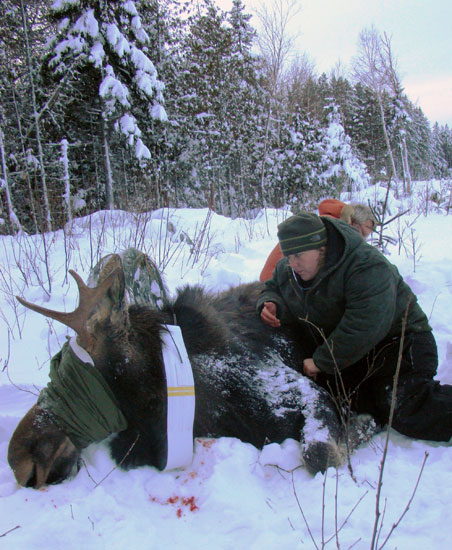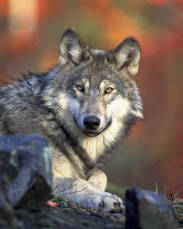 I know, you are trying to focus on science and have no interest in the political scene. And I know that lots of bills get passed, but few of them become laws. Every once in a while, it is worth mentioning the gears of law, though. In this case it is worth mentioning because both the Idaho and Utah legislatures were very busy in late February creating new laws about endangered species.
I know, you are trying to focus on science and have no interest in the political scene. And I know that lots of bills get passed, but few of them become laws. Every once in a while, it is worth mentioning the gears of law, though. In this case it is worth mentioning because both the Idaho and Utah legislatures were very busy in late February creating new laws about endangered species.
The Associated Press reported that a bill that passed the Idaho Senate “would make it against state policy for federal officials to introduce or reintroduce any threatened or endangered species in Idaho without state approval.”
But there’s not much more than that on the bill. Read it the brief piece on The Oregonian website, here.
Utah was extra busy. They’ve got three bills in the works. One House bill would, according to the Salt Lake City Tribune, “allow county assessors to reduce a property’s tax burden if its value is impacted by designation as critical habitat for threatened or endangered species.”
Another House bill, “asks the federal government to not designate any private land in San Juan County as sage grouse habitat,” says the Salt Lake City Tribune. And a Senate bill which, “endorses Iron County taking over recovery of the Utah prairie dog” from the US Fish and Wildlife Service.
The Utah legislature also put $300,000 in its budget to prevent the federal government from reintroducing the gray wolf into the state, another Salt Lake City Tribune article says. The article says that federal officials deny that any such reintroduction is planned.
Read the Salt Lake City Tribune article on the wolf payment here.
And props to Brian Maffly, the Salt Lake City Tribune reporter on both of those stories for making dull legislative news lively and easy to understand.
Photo: gray wolf by Gary Kramer, used courtesy USFWS
 What is an Eastern coyote? One theory holds that it is a wolf-coyote hybrid formed when Midwestern coyotes crossed through Canada and mated with Eastern wolves.
What is an Eastern coyote? One theory holds that it is a wolf-coyote hybrid formed when Midwestern coyotes crossed through Canada and mated with Eastern wolves.
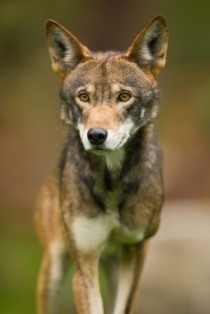 Ten red wolves have been shot on North Carolina’s northeastern coast in the past year,
Ten red wolves have been shot on North Carolina’s northeastern coast in the past year, It’s not news. Every once in a while someone sees something that either looks like a wolf or is proven to be a wolf in northern Maine. Sometimes this matters, such as when, as it did about 20 years ago, the US Fish and Wildlife Service kicks around the idea of returning wolves to Maine. Sometimes it doesn’t really matter. Most of the time, actually.
It’s not news. Every once in a while someone sees something that either looks like a wolf or is proven to be a wolf in northern Maine. Sometimes this matters, such as when, as it did about 20 years ago, the US Fish and Wildlife Service kicks around the idea of returning wolves to Maine. Sometimes it doesn’t really matter. Most of the time, actually.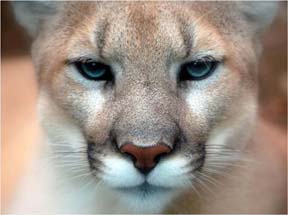 When it comes to mountain lions making use of suburban habitats, there is no difference between males and females, or resident and transient animals, but sub-adult mountain lions were more likely to be found in the suburbs, a study published in
When it comes to mountain lions making use of suburban habitats, there is no difference between males and females, or resident and transient animals, but sub-adult mountain lions were more likely to be found in the suburbs, a study published in 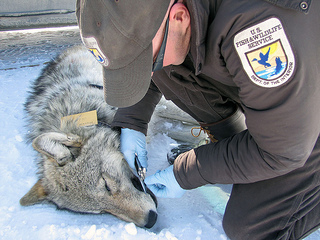 restoration efforts in the region began.
restoration efforts in the region began.